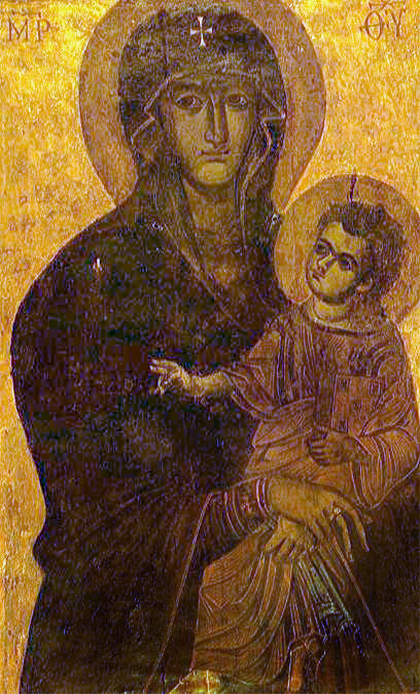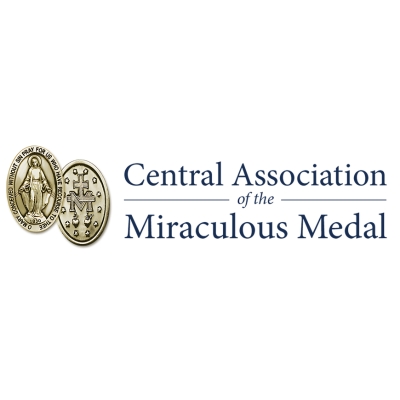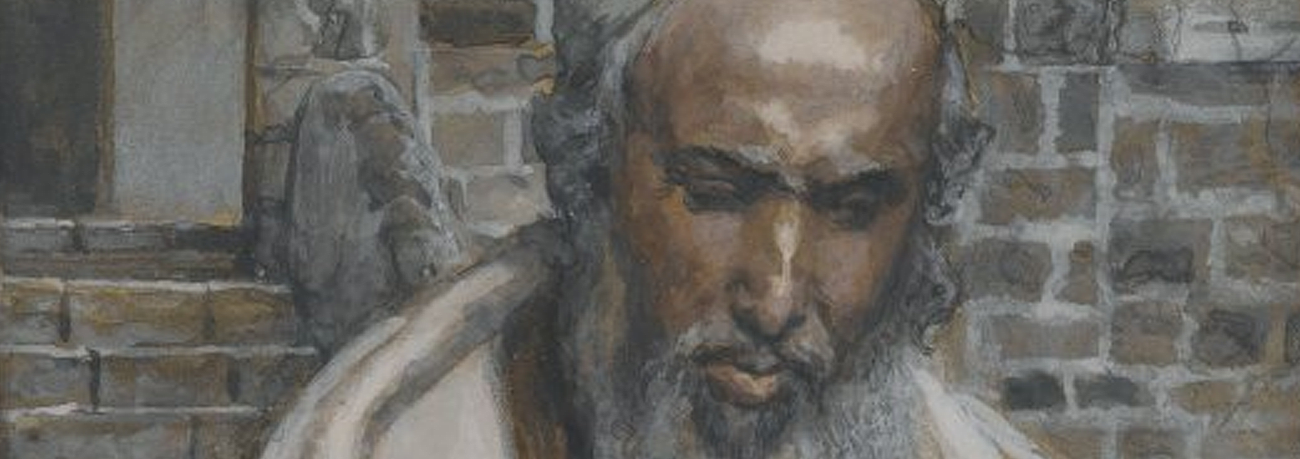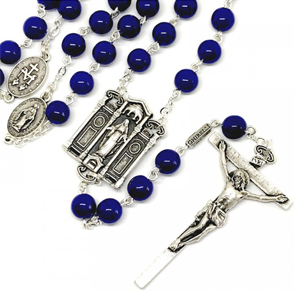Name That Saint: Saint Luke
Name That Saint: Saint Luke
 St. Luke is best known as one of the four Gospel writers. But he, and his Gospel, are very unique.
St. Luke is best known as one of the four Gospel writers. But he, and his Gospel, are very unique.
For starters, most scholars believe that he was a Greek from Antioch, which makes him the only non-Jewish writer of the New Testament. He was also a physician and disciple of Paul (Col 4:14). It’s not merely that he’s mentioned as “my beloved physician” by Paul, but Luke’s Gospel also contains terminology familiar in Greek medical literature of that era, as well as details about people’s illnesses that are missing in the other Gospels.
Another distinctive facet of St. Luke and his Gospel is that he most likely did not know Jesus, which is why he “carefully investigated everything” (Luke 1:3), talking to eyewitnesses and the people who knew, loved, and followed Jesus.
This brings us to another interesting aspect of his Gospel. Because of the intimate facts he included about the birth of Christ—like the angel’s visit to Mary and to Zachariah, Joseph’s dream, Mary’s stay with Elizabeth, Jesus being wrapped in cloths and placed in a manger, and the visit of shepherds, etc.)—many scholars believe that he actually spoke to Mary as part of his research. These events mark the most important moments in her life, and they are coming from a perspective that no one else could have given. It has even been claimed, “The Gospel of Luke and Acts give us the essential framework for the beginning of an authentic study of Mary.”(1)
Speaking of Mary, there is also an ancient tradition in both Catholicism and in the Orthodox Churches, that St. Luke actually painted the first icon of our Blessed Mother. Whether or not his icon still exists is debatable. However, there is evidence that the original icon was used to pattern the icons of the Black Madonna in Czestochowa, Perpetual Help in Rome, and the Salus Populi Romani in Rome (depicted above).
Luke’s Gospel has also given us many of the prayers we take for granted: the phrases that comprise the Hail Mary (“Hail Mary full of grace” and “Blessed are you and blessed is the fruit of your womb”), Mary’s Magnificat (Luke 1:46-55), the Canticle of Zechariah (Luke 1:68-79), the Canticle of Simeon (Luke 2:25-32), and the Gloria of the angels (Luke 2:14).
Lastly, while all the Gospels feature women, Luke highlights more women in his Gospel than the other writers. Many of the women he mentions are prominent in salvation history (Mary and Elizabeth, for example), in supporting Jesus’ ministry (Luke 8:1-3), and as witnesses to Jesus’ Death and Resurrection (Luke 24:10). He mentions Anna the prophetess, Jairus’ daughter, Peter’s mother-in-law, the woman crippled for 18 years, the poor widow who gave everything she had, the widow of Nain, the woman who washed Jesus’ feet with her tears, the woman with hemorrhages, and the women who followed Jesus, to name a few. This list is varied and shows how integral women are to Jesus, His mission, and Christianity.
St. Luke is the patron saint of artists, bachelors, bookbinders, brewers, butchers, doctors, glassworkers, goldsmiths, lace makers, notaries, painters, physicians, sculptors, students, and surgeons. His Feast Day, October 18, is also known as “Sour Cakes Day” in Rutherglen, Scotland, because thin, baked cakes, eaten with sour cream, were given to strangers visiting St. Luke’s Fair.
[1] udayton.edu/imri/mary/g/gospel-of-luke-mary-in-the.php
The month of October is dedicated to the Holy Rosary. Shop our wide selection of Catholic Rosary beads.
Don’t miss St. Catherine praying the Rosary live on Facebook on Wednesday, October 7, the Feast of the Holy Rosary. Click here to go to our Facebook page.
Get InSPIREd!
Sign up below and receive our monthly inspirational Newsletter dedicated to Mary!



